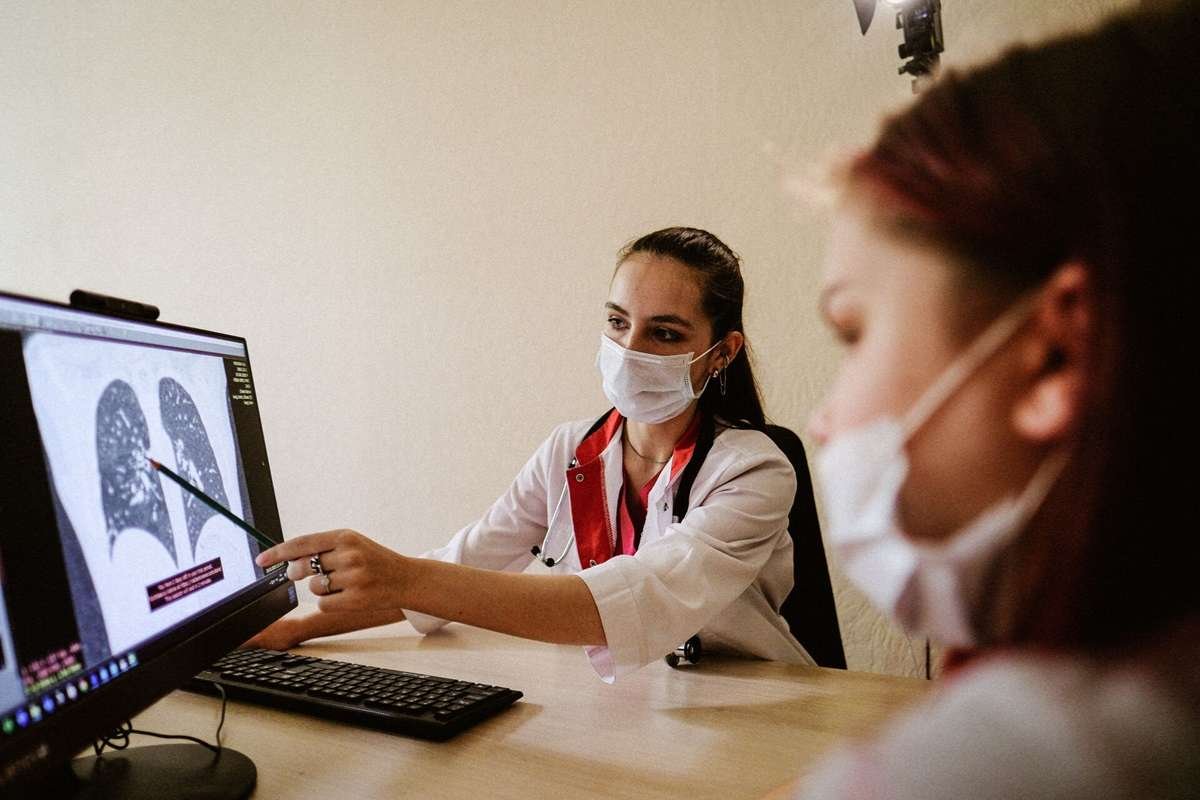Key Points:
- Global tuberculosis report warns of funding gaps: TB progress is at risk as global funding falls short, threatening millions.
- High-burden countries drive cases: Eight countries, including India and Indonesia, account for two-thirds of TB cases.
- Prevention and research are underfunded: Only $5.9B was raised in 2024 vs. $22B needed, endangering future TB control and vaccines.
Global progress in tackling tuberculosis (TB) is at risk as funding gaps and unequal access to care threaten to reverse years of hard-won gains, according to the Global Tuberculosis Report 2025 released by the World Health Organization (WHO) on Nov. 12. TB remains one of the world’s deadliest infectious diseases, killing more than 1.2 million people and affecting an estimated 10.7 million others last year.
WHO Director-General Dr. Tedros Adhanom Ghebreyesus said that although progress has been made in diagnosis, treatment, and prevention, global efforts remain far from sufficient. “Declines in the global burden of TB, and progress in testing, treatment, social protection, and research are all welcome news after years of setbacks, but progress is not victory,” he said.
Progress slows despite strong recovery
Between 2023 and 2024, global TB cases fell by nearly 2%, and deaths declined by 3%. These improvements mark a continued recovery of essential health services after disruptions caused by the COVID-19 pandemic.
Some regions reported significant gains. According to the Global Tuberculosis Report, the African Region achieved a 28% drop in TB incidence and a 46% fall in deaths between 2015 and 2024. The European Region saw even larger declines, with incidence down by 39% and deaths by 49%. Over 100 countries reached at least a 20% reduction in new cases, while 65 achieved a 35% drop in TB-related deaths, meeting early milestones of the WHO End TB Strategy.
However, progress remains uneven. Eight countries—India, Indonesia, the Philippines, China, Pakistan, Nigeria, the Democratic Republic of the Congo, and Bangladesh—accounted for two-thirds of global TB cases in 2024. India alone represented one-quarter of all reported infections.
High-burden nations face greater risks
WHO data shows that timely treatment has saved about 83 million lives since 2000. In 2024, around 8.3 million people were newly diagnosed and treated for TB, covering 78% of estimated cases. Rapid diagnostic testing expanded to 54% coverage, up from 48% the previous year.
Treatment success rates for drug-susceptible TB remained high at 88%. For drug-resistant TB, the success rate improved from 68% in 2023 to 71% in 2024, with 164,000 people receiving treatment. Preventive therapy reached 5.3 million high-risk individuals, up from 4.7 million in 2023.
Still, many countries lag in social protection for TB-affected populations. Among the 30 high-burden nations, coverage ranges from 3.1% in Uganda to 94% in Mongolia. Nineteen countries report protection below 50%, leaving millions vulnerable to the social and economic effects of the disease.
The WHO report also identifies undernutrition, HIV infection, diabetes, smoking, and alcohol use as key risk factors that continue to drive the epidemic. Addressing these requires coordinated action beyond the health sector.
Research and vaccine efforts under pressure
Despite encouraging results, global TB control efforts face a major financial challenge. Funding for prevention, diagnosis, and treatment reached only US$5.9 billion in 2024—just over one-quarter of the US$22 billion annual target for 2027.
Long-term cuts to donor funding from 2025 onward could have severe consequences. WHO modeling warns that such reductions could cause up to 2 million additional deaths and 10 million new TB infections between 2025 and 2035.
Research investment also remains far below targets. Global TB research received US$1.2 billion in 2023, just 24% of the required funding. The Global Tuberculosis Report notes that there are 63 diagnostic tests and 29 drugs in development, along with 18 vaccine candidates in clinical trials—six of which are in Phase 3.
Dr. Tereza Kasaeva, Director of the WHO Department for HIV, TB, Hepatitis, and STIs, said global collaboration is crucial. “Funding cuts and persistent drivers of the epidemic threaten to undo hard-won gains, but with political commitment, sustained investment, and global solidarity, we can turn the tide and end this ancient killer once and for all,” she said.
WHO has urged countries to maintain strong political will, expand domestic investment, and accelerate research and development to stay on track toward ending TB by 2030, as emphasized in the Global Tuberculosis Report.
Visit The Lifesciences Magazine to read more.






